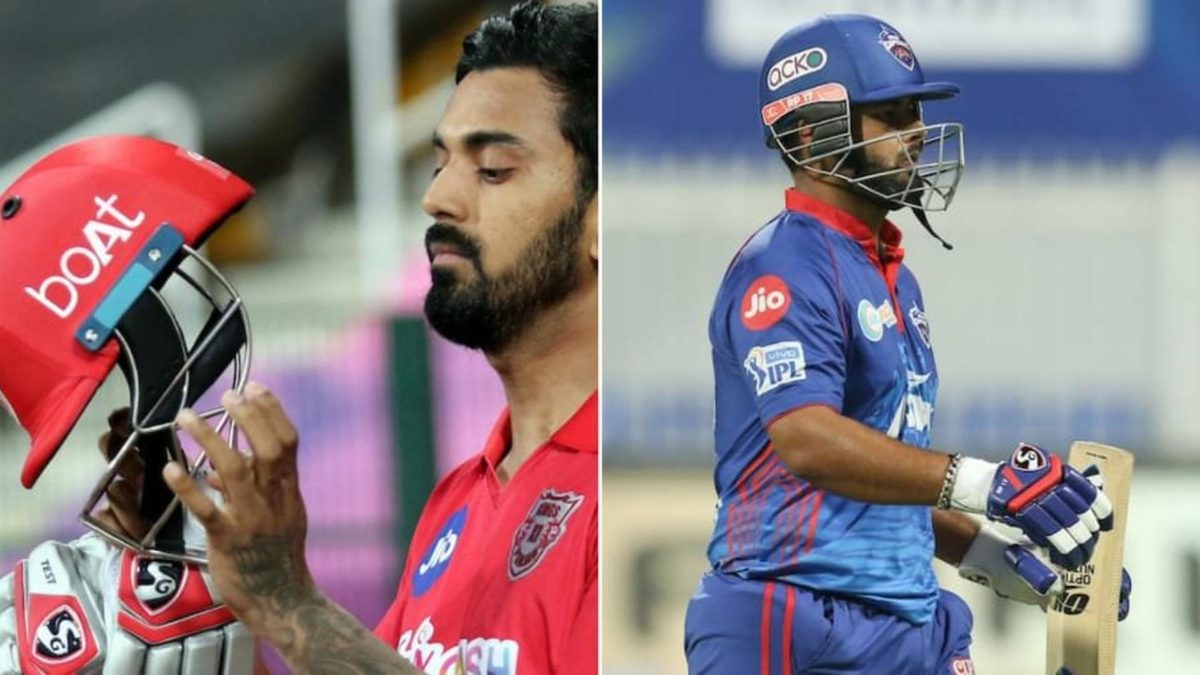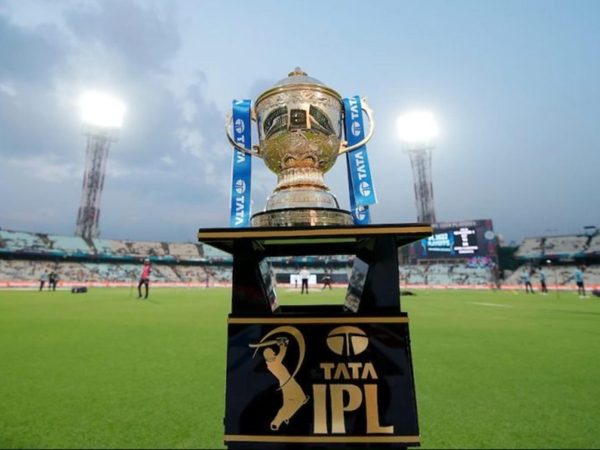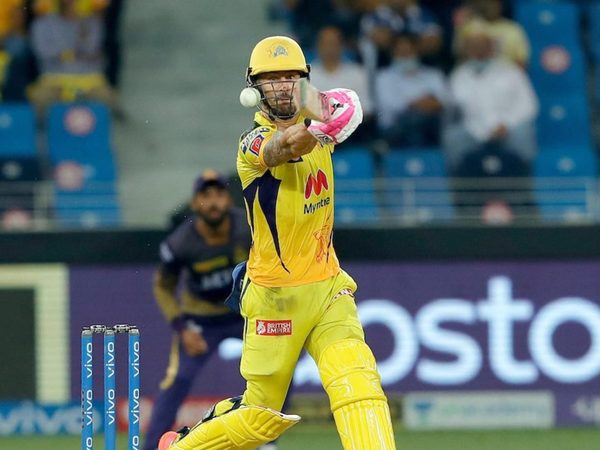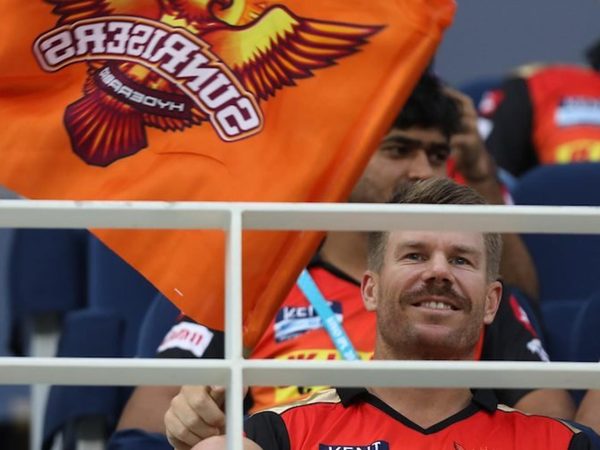
Bogged down by responsibility at their IPL franchises, two of India’s best T20 batters could get to do what they do best in the India squad, writes Rohit Sankar.
KL Rahul is known for dropping quote bombs. The “strike-rate is overrated” comment reached the darkest corners of the T20 milieu, got dissected, invited jeers and rubbed the new-age T20 fans the wrong way. A few nights back, Rahul nonchalantly blitzed a 42-ball 98* in a run-chase of 135 inside 13 overs against current finalists Chennai Super Kings, arguably the most outrageous knock of IPL 2021. He then went on to produce another classic comment that would go into the first chapter of T20 literature: “I feel like I may end up letting the team down if I play the way I want to play.”
It’s a comment that raises a lot of questions about the franchise’s understanding of the format, their team composition and Rahul’s own T20 game. That, however, is only one half of the tale, the vanilla half of the glamorous T20 franchise league where he leads a team that has only twice qualified to the play-offs in its history. At the other end of the spectrum is the national team, where those comments solve a lot of problems.
Rahul’s T20 abilities should never have been in doubt. In 2018, when he finished as the third-highest run-scorer in the tournament, his 659 runs came a strike-rate of 158.4. All but one of his six fifties were scored at a rate of 150-plus. One of them, the fastest fifty ever in IPL, came at a 300-plus strike-rate.
While he has made 600-plus runs in all but one edition of the IPL (even then he made 593 runs) since 2018, the strike-rates have gone down considerably, primarily because Rahul was tasked with anchoring the ship and prioritise wicket preservation.
Most runs for PBKS:
IPL 2019 – KL Rahul (593)
IPL2020 – KL Rahul (670)
IPL2021 – KL Rahul (626)Amazing consistency from PBKS captain.#KLRahul #PBKS #IPL2021 #Cricket pic.twitter.com/8h7xvaREjk
— Wisden India (@WisdenIndia) October 8, 2021
The additional responsibility of captaincy, one that came to him from the 2020 season, did not help either. A tense Rahul in the dugout has become a familiar sight for spectators. Carrying a team that has struggled to match up with the heavyweights of the league would have only compounded the burden.
Rahul, though, isn’t the only carefree spirit affected by the anchor bug. Rishabh Pant, the playful, reckless beast who reverse laps James Anderson in Test cricket and chirps away happily behind the stumps in whites in Australia, becomes a considerably toned down version of himself in the IPL. At one point around 2018, Pant was arguably among the top tier of batters in the format. Now, he has suffered an extended blip too.
After clocking strike-rates above 160 in three successive seasons between 2017 and 2019, Pant’s strike-rate has gone down to 113.95 in 2020 and 128.5 in 2021. Against spin in particular, Pant has played well within himself, partly due to the fact that Delhi Capitals lack a strong all-rounder or a regular finisher who can balance the side and do the big hitting work later in the death overs. Pant has had to play the balancing act, and evidently seems affected by the change in his role.
The best T20 batters aren’t just bashers. They who pick their battles and take down their match-ups, while managing to keep the scoreboard ticking if they face a negative match up. Rahul and Pant are proven performers who have aced the format in previous years, but have toned down their approach to suit team requirements in the IPL.
All those strings holding them back get cut in the Indian setup where they are surrounded by two of the best anchors modern limited-overs cricket has seen in Rohit Sharma and Virat Kohli. After the season he has had, Rahul will likely open with Rohit where he will get to be the aggressive half of the opening duo. Pant will have the cushion of a terrific top-order and strong finishers in Hardik Pandya and Ravindra Jadeja and will have the license to kill, something taken away from him in IPL.
It’s scary to think what India are capable of pulling off in this format, even when their team selection is still heavily influenced by ODI cricket. It’s even more surprising that the world does not see the potential. While England and West Indies, who boast of array of big hitters and modern T20 thinking, are outstanding T20 units, India have the best of both worlds.
In Virat and Suryakumar Yadav, India have two very flexible batters capable of adapting to team situations. Rohit , if he takes off, can win matches on his own. Hardik Pandya is world-class in this format as is Jadeja. Imagine this line-up complemented by two dynamic batters who enhance the quality of these batters.
Rahul, the unbridled version of course, perfectly complements Rohit at the top and in fact makes the Mumbai opener an even more dangerous proposition as he will have ample time to settle down. Meanwhile, Pant, armed with the right in this line up to take down every ball from the word go, becomes incredibly dangerous.
While India’s batting line-up and approach have often been criticised in this format, they might just have avoided the minor puddles around team selection and hit upon the perfect recipe to dominate teams in conditions they have now become very familiar with. All they need to become near-invincible is a devil-may-care attitude from two batters truly capable of challenging the best in the format in their roles.








